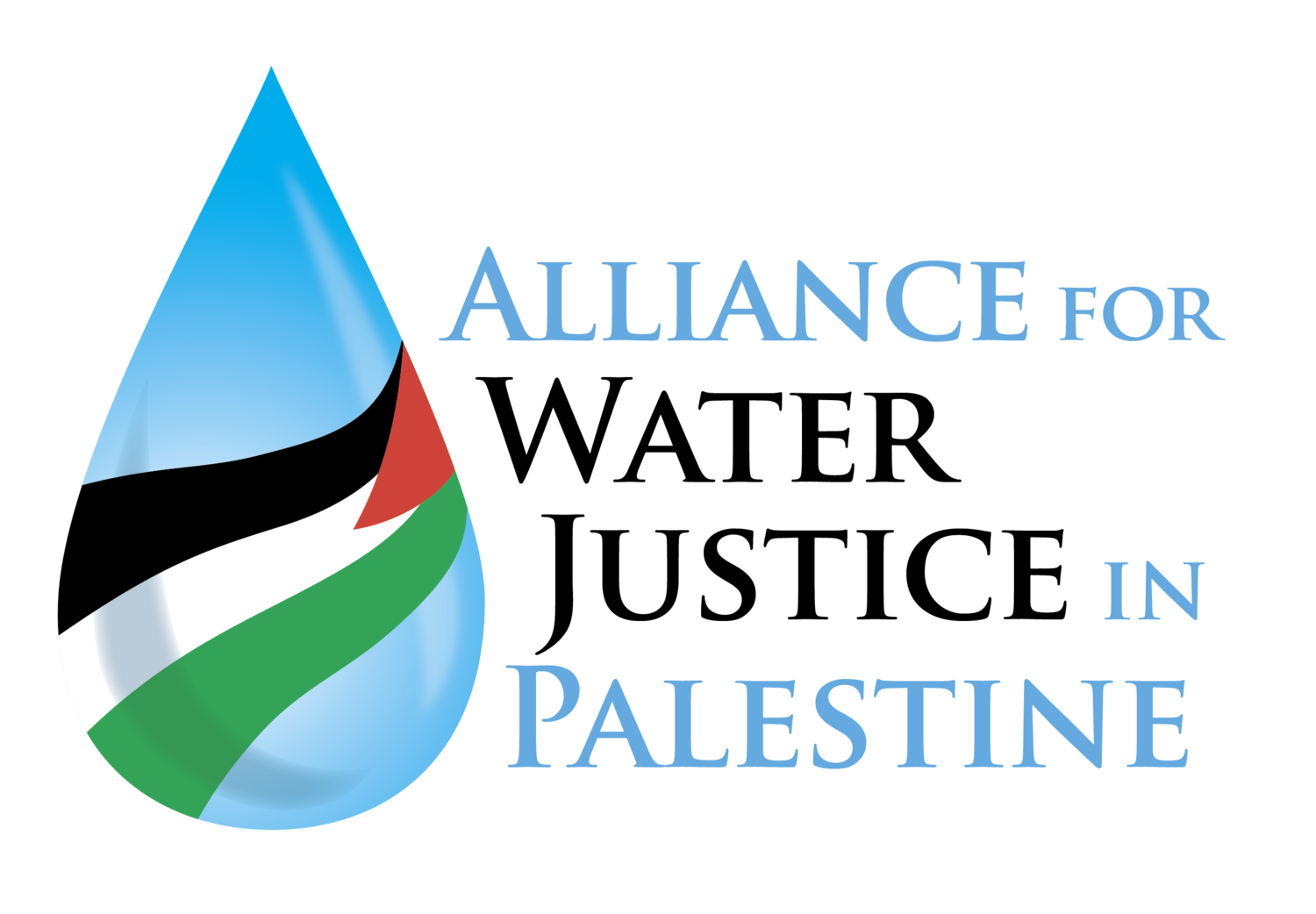Water Fact - August 11, 2025
The spread of water-borne disease has escalated throughout the Gaza Strip during the 22-month-long genocide. According to a recent Oxfam report, over the last three months, some forms of diarrhea have increased by more than 300 percent, and cases of acute jaundice have risen by more than 200 percent. With little access to water for bathing as waste piles up in streets and tented encampments, scabies and other skin conditions that are usually easily treatable are spreading rapidly through the population.
Israel’s displacement orders from late July demanding Palestinians relocate from the north and middle area of the Strip to only 13 percent of the land in the south would deprive them of access to the limited supply of clean water produced by some partially functioning desalination plants, including a major one located in Deir-al Balah in the middle area of Gaza.
On August 4, Al Jazeera reported that “more than 75 percent of wells are out of service, 85 percent of public works equipment has been destroyed, 100,000 metres (62 miles) of water mains have been damaged and 200,000 metres (124 miles) of sewage lines are unusable. Pumping stations are out of action, and 250,000 tonnes of rubbish are clogging the streets.”
Palestinians desperate to stave off thirst are forced to consume brackish, salinated water from Gaza’s sole collapsing aquifer, which contains disease-spreading bacteria and other contaminants. The impending Israeli military invasion to take over Gaza City and the entire Gaza Strip is bound to make an already catastrophic situation still more cataclysmic.
Street Address
Jamaica Plain, MA
Phone Number
Your Custom Text Here
